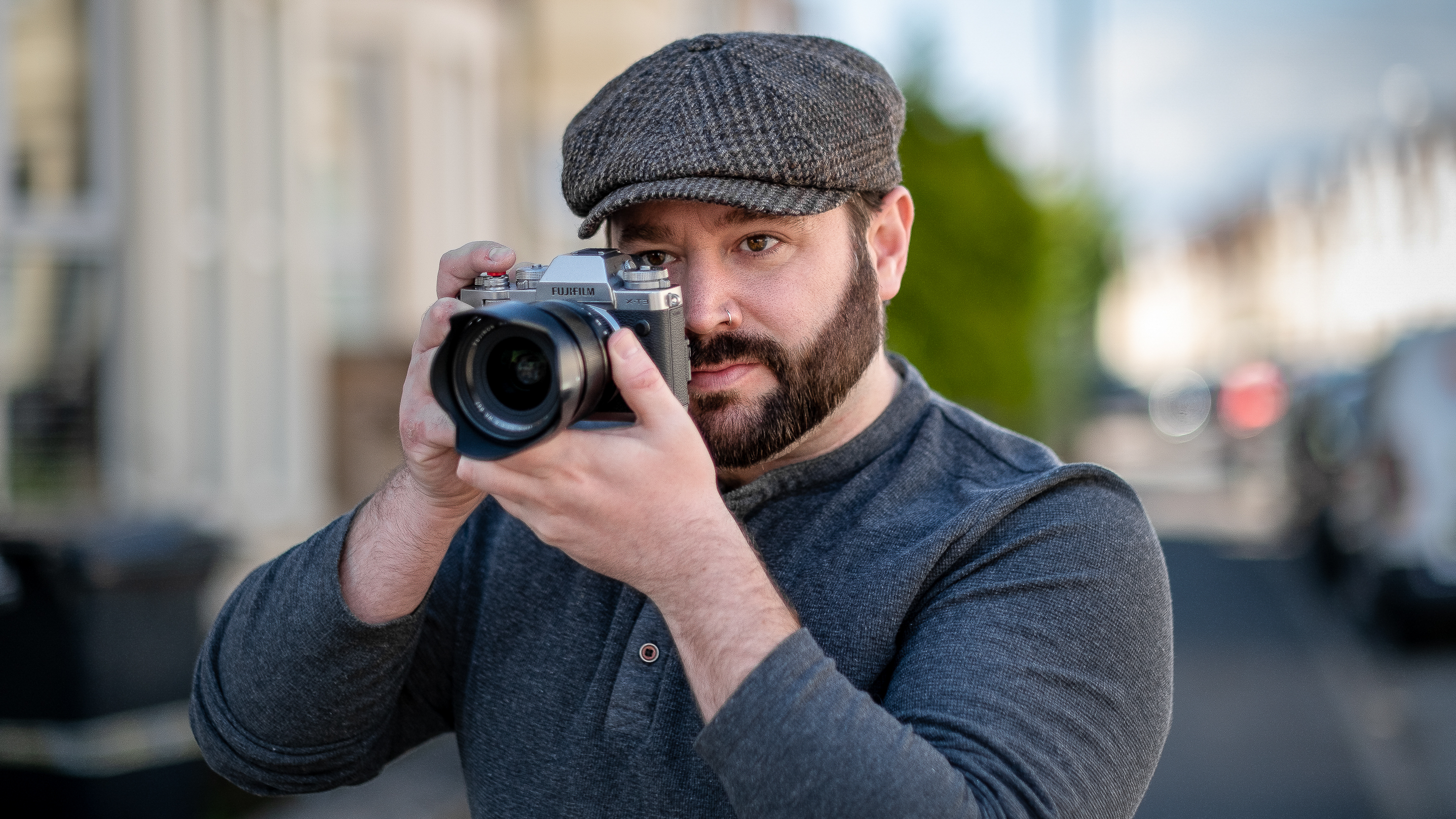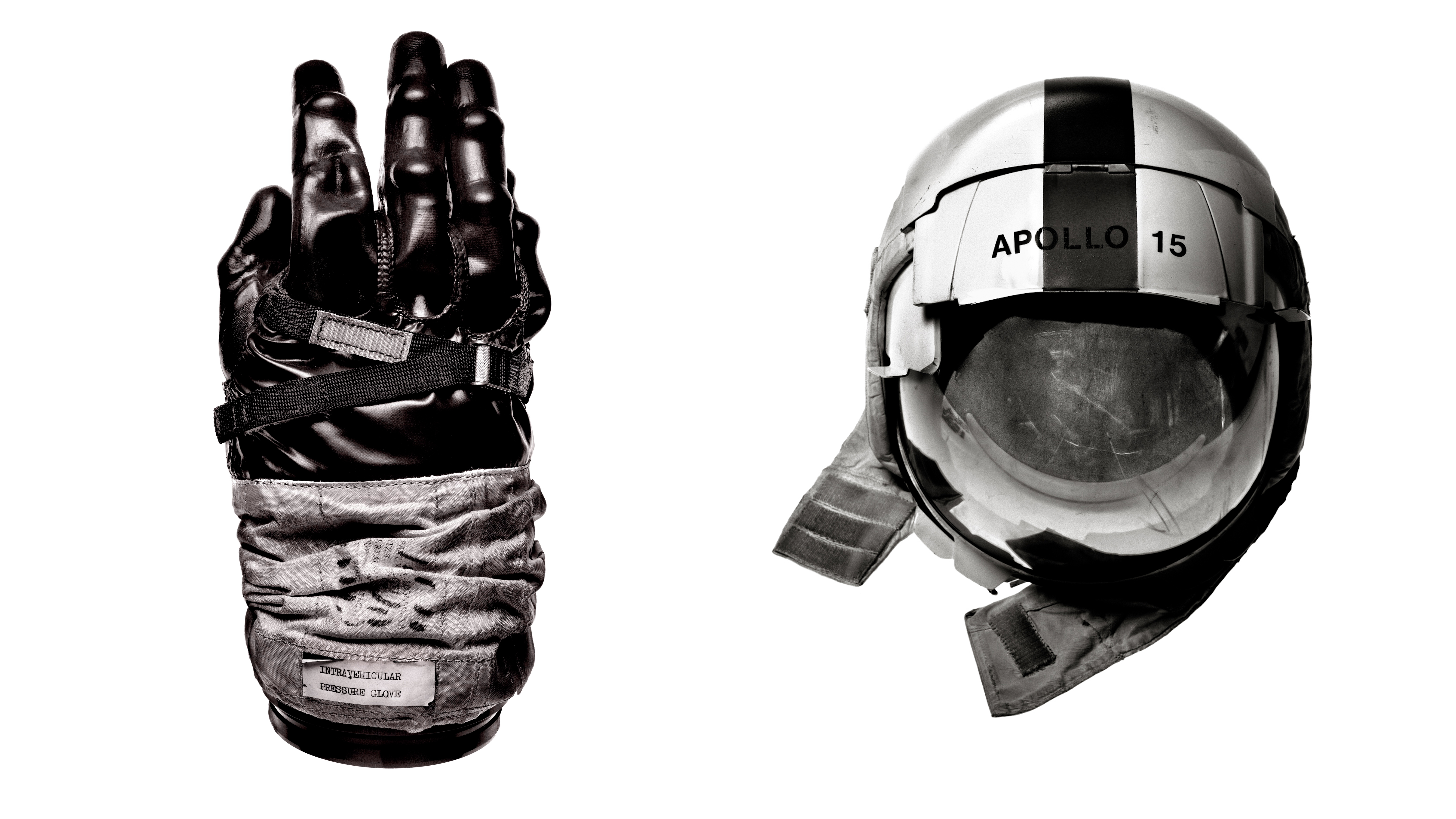Fall is the golden season… so try taking photos in black and white!
This is how to photograph the golden fall season – minus the golden fall colours
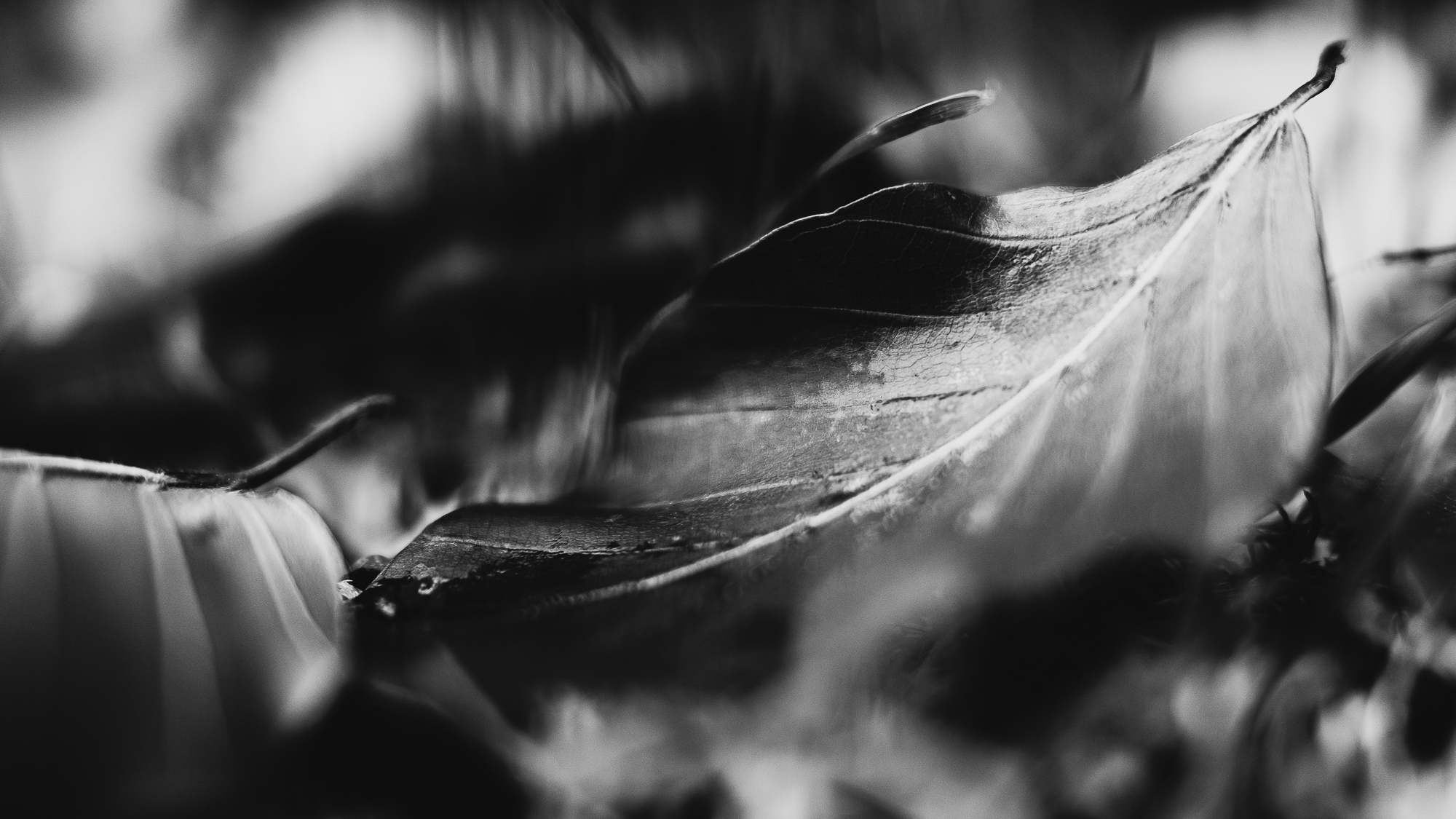
For me – and I’m sure it’s the same for many other people – fall is an incredible time for photography. It gives us the magic of vibrant colors, crisp mornings and beautiful sunsets. Year on year, though, you might find yourself shooting not only exactly the same images as the time before, but the exact same images as everyone else.
So I set off for Royal Victoria Park in Bath, England, to try to shoot some alternative images that would still show fall in a more abstract way. Armed with my Fujifilm X100V, I tinkered with my in-camera settings to create a pleasing black-and-white style where I could simply go out to find some autumnal textures and shoot.
Pretty much anyone can pop out to their local park and find plenty to photograph, and it’s especially fun if you’ve never set out to shoot pure black-and-white images before, either.
For this project, I kept my ISO between 160-640, set my shutter speed to automatic and experimented with aperture depending on the scene. Closer-up images with an open background work well with a shallow depth of field (like the leaf atop this article) and flat images work better stopped down to around f/5.6.
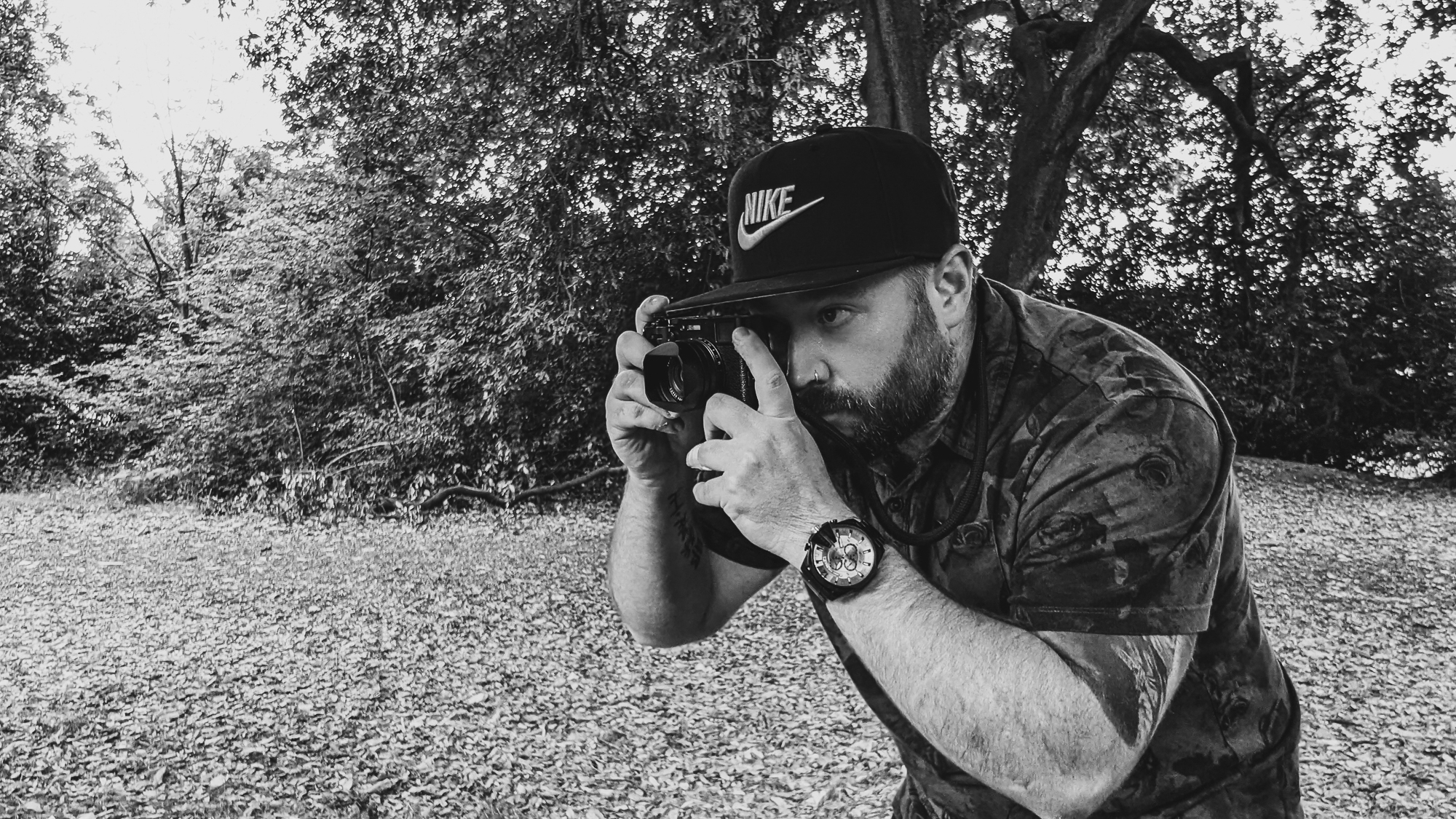
5 tips to shoot alternative fall photos
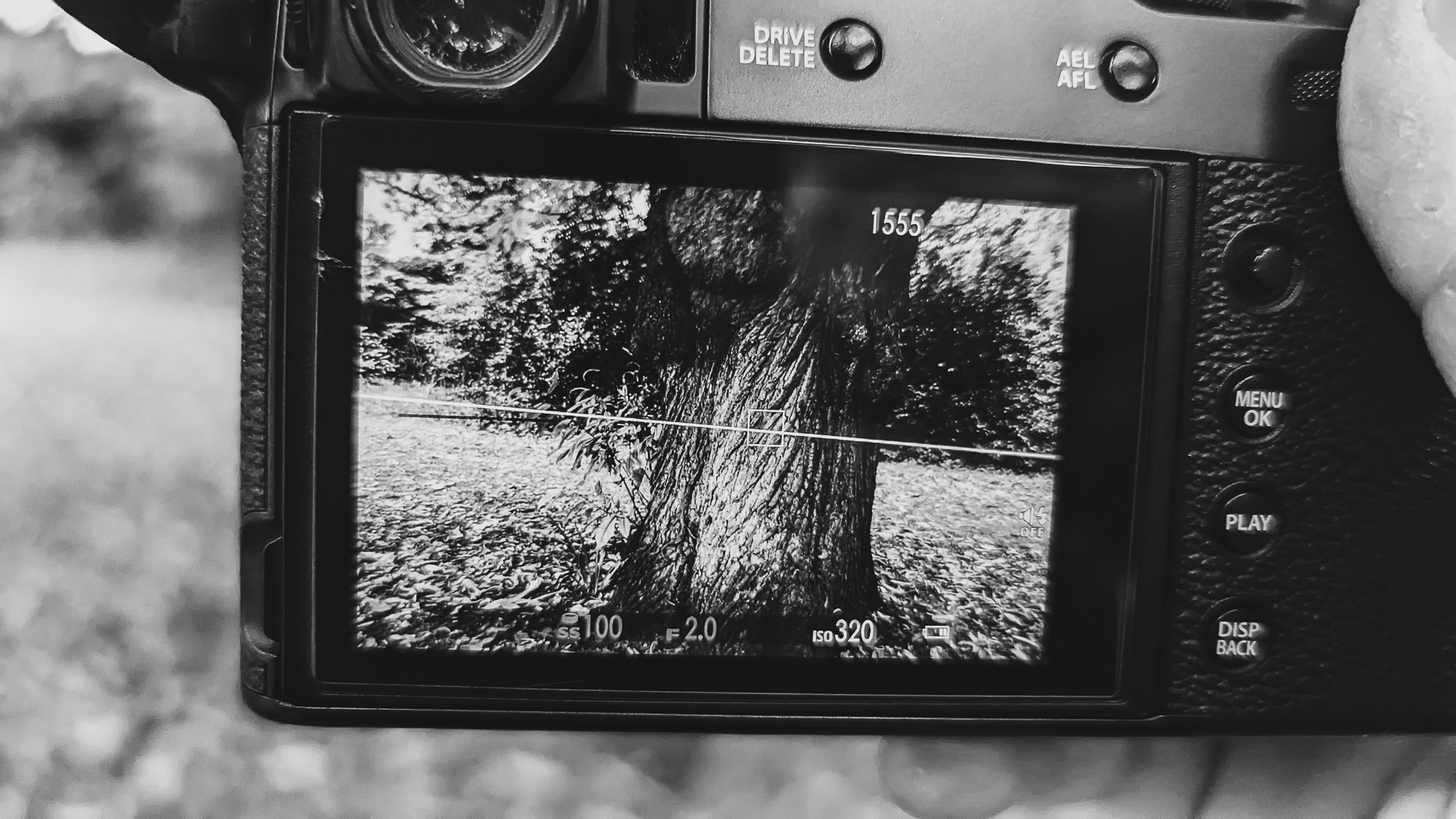
1. Shoot in black and white
I tend to leave my rear display screen set to black and white, but if you’re looking to go out and shoot black-and-white images specifically then it is an absolute must; it will help you to see tone, texture and contrast far more clearly. Just be sure to also shoot a RAW backup file, just in case you want to have a color version of the image at a later date.
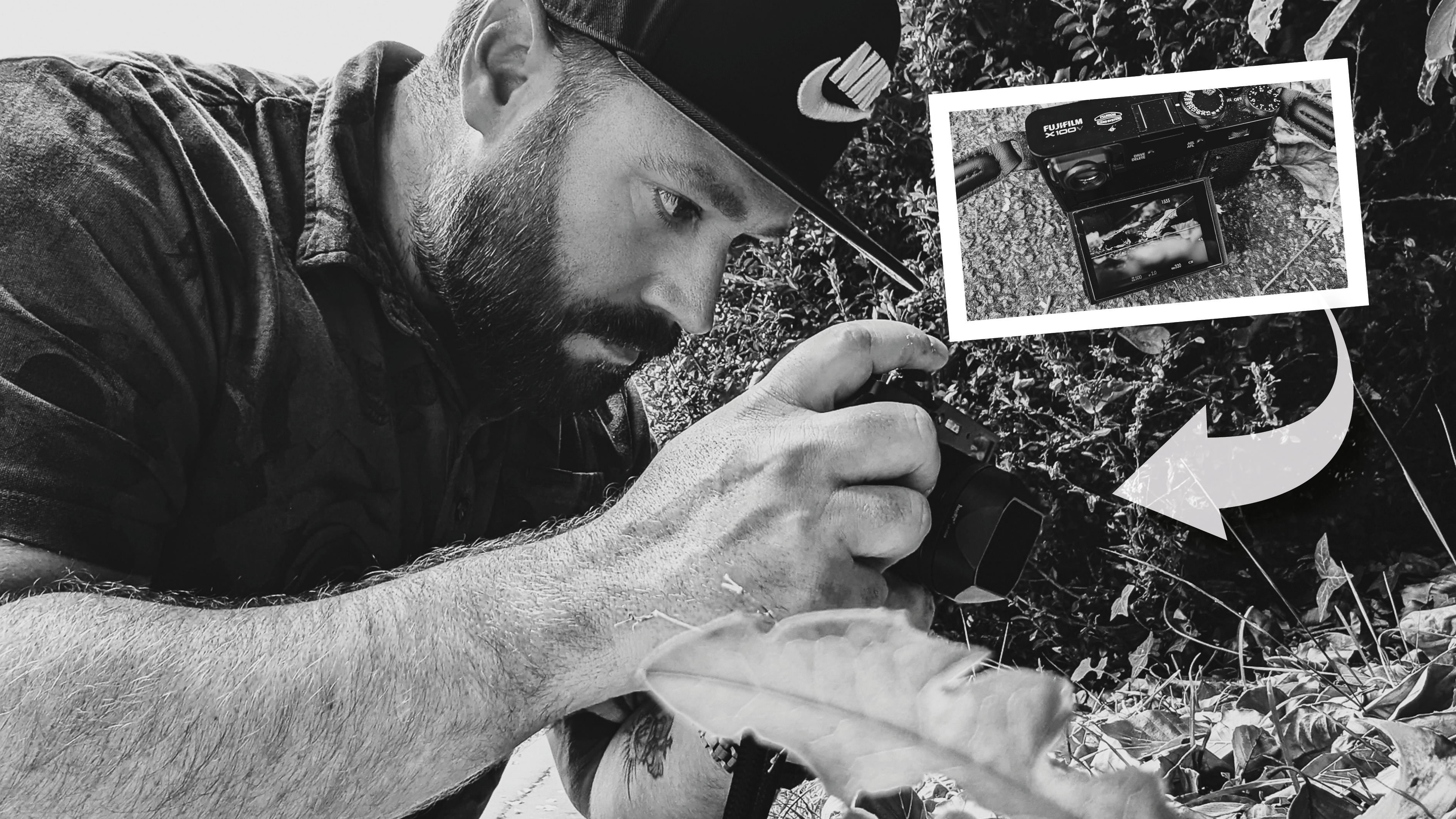
2. Get low and close
Trying to shoot in an alternative way means getting your camera into a space where you might not usually position it. All lenses have a minimum focusing distance, but try to get as close as possible. Shooting low to a subject will give you a different perspective, too, and I find that using your camera’s tilting screen is far easier than lying on the wet, damp ground during the autumn months.
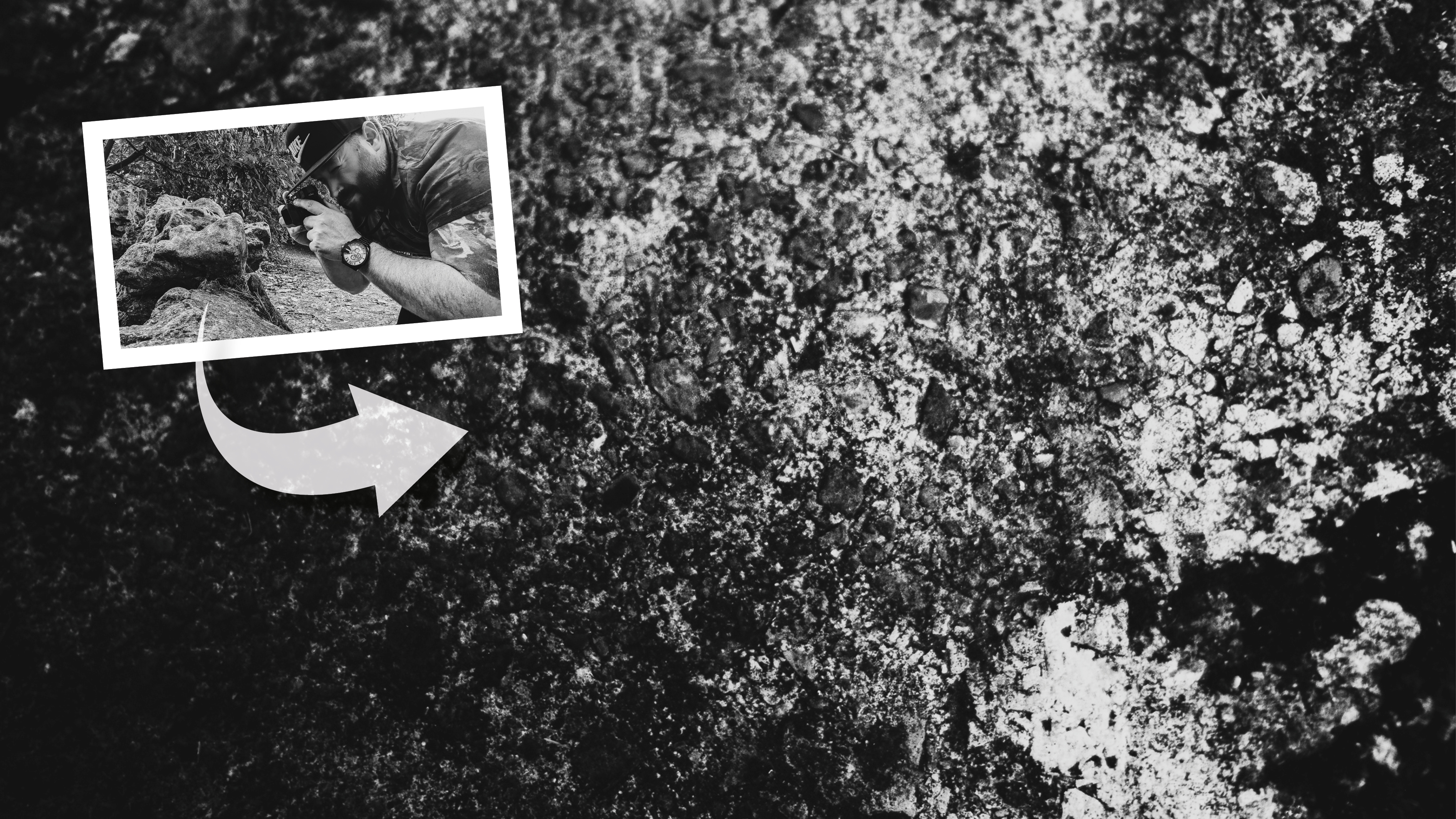
3. Look for texture
For me, black-and-white photography is mainly about texture and contrast. There’s no better time of the year for this than fall with its dried-up leaves, moss-covered stones and wet wooden park benches. Here, I am exposing for the brightest part of the stone and letting the surrounding areas fall into darkness, creating contrast across the image. This will also work well with tree bark and dead leaves.
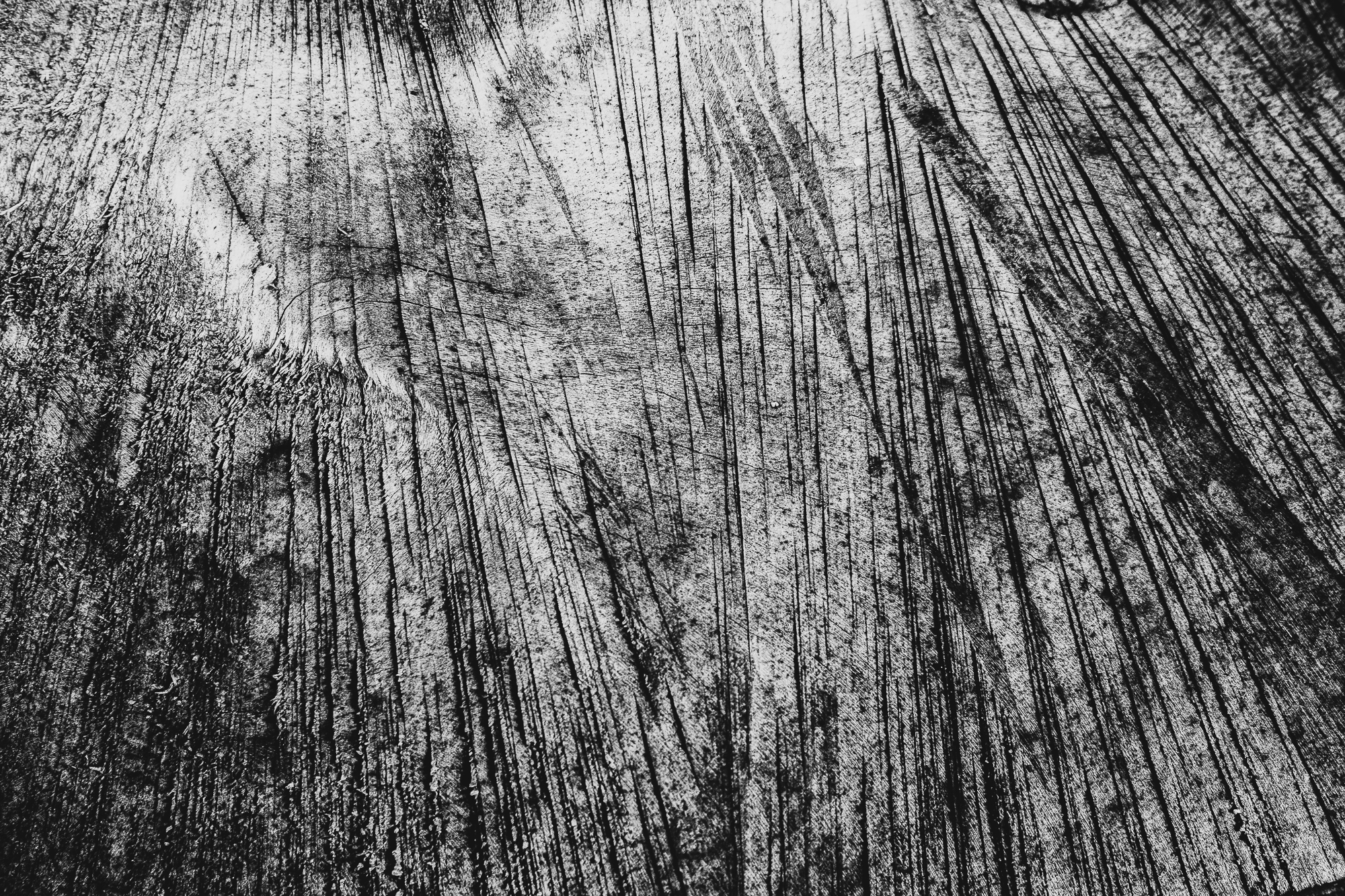
4. Look down
Sometimes the best shots can be found literally right under your nose. I saw this cut-down tree stump just as I was leaving the park. It was covered in leaves and brown fur needles, but I gave it a quick brush-off to reveal some beautiful lines with dark and light areas, again creating a shot full of contrast and tones. So every now and then, stop and look down – you never know what you might find.
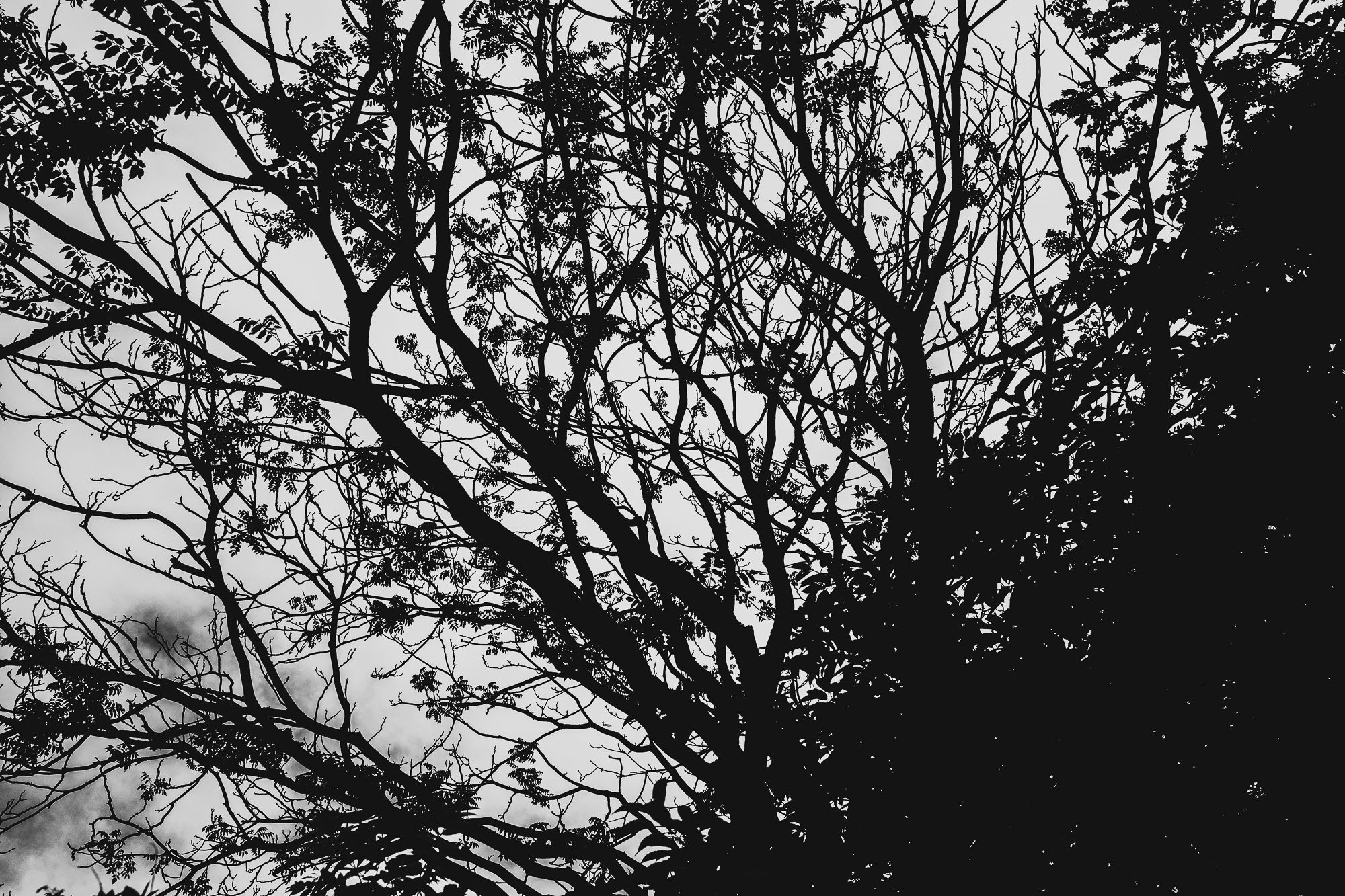
5. Look up
Alternatively, you can also look straight up for a shot. The sky will often be overcast and white in the autumn months. The dying leaves reveal lots of bare branches, which can have the effect of creating a cool, silhouette-style image. Make sure that you expose for the brighter sky so your subjects become darker. You don’t need to worry about retaining any details in the shadows here.
These are the Best Fujifilm X100V deals in September 2022: stock updates and prices, and we've also got our review of the brand new Fujifilm Fujinon XF56mmF1.2 R WR review. You might also want to check out how Fujifilm just broke all the rules for APS-C camera sensors
Get the Digital Camera World Newsletter
The best camera deals, reviews, product advice, and unmissable photography news, direct to your inbox!
Alistair is the Features Editor of Digital Camera magazine, and has worked as a professional photographer and video producer.
